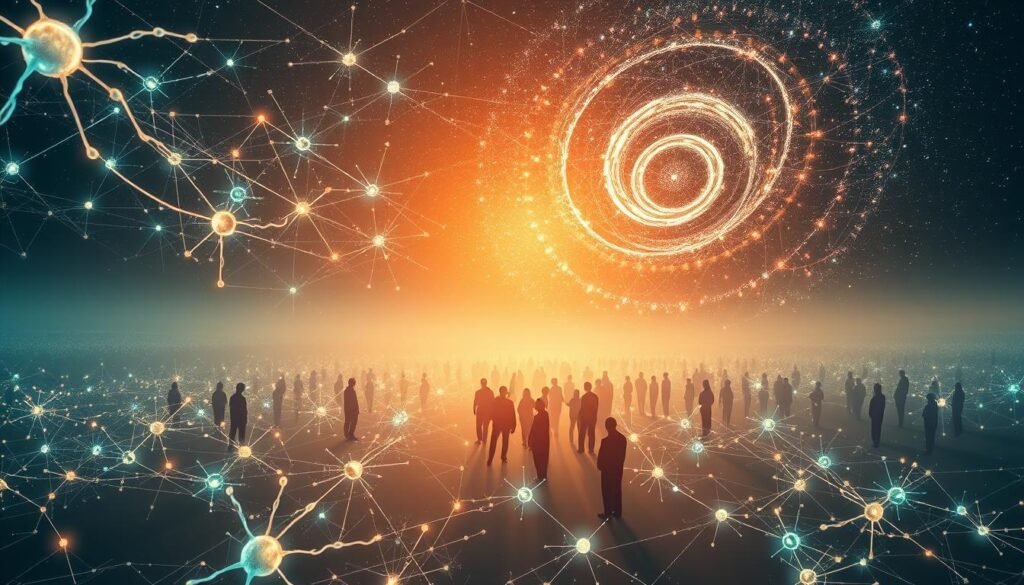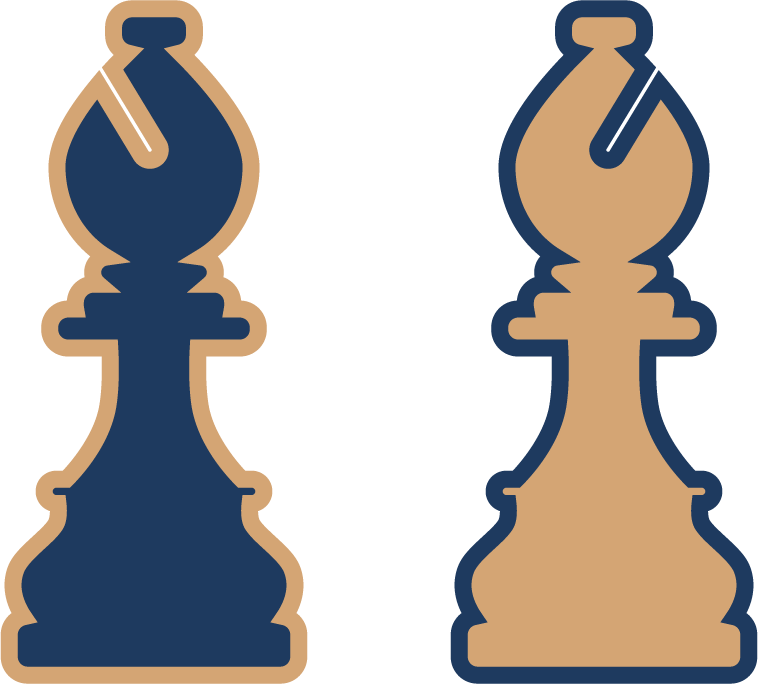Have you ever wondered how societies stay unified despite their diversity? The answer lies in a fascinating concept called collective consciousness. This shared belief system acts as the social glue that binds people together, shaping norms and behaviors.
The term was first introduced by Émile Durkheim in 1893. He described it as the shared values and beliefs that hold societies together. Today, this idea has expanded to include modern phenomena like memes, groupthink, and even shared psychedelic experiences.
In the digital age, platforms like social media amplify this group awareness. They create a space where ideas spread rapidly, influencing global movements and decisions. From climate activism to organizational strategies, collective consciousness plays a vital role in shaping our world.
Understanding this concept can help us navigate societal changes and foster collaboration. It’s not just about shared beliefs but also about the evolutionary advantage of thinking as a group. Let’s explore how this idea impacts our daily lives and its practical applications.
Key Takeaways
- Collective consciousness is the shared belief system that unifies societies.
- Émile Durkheim introduced the concept in 1893 to explain societal cohesion.
- Modern interpretations include memes, groupthink, and shared experiences.
- Social media amplifies group awareness and influences global movements.
- Understanding this concept can foster collaboration and societal progress.
What is Collective Consciousness?
What keeps societies connected despite their differences? The answer lies in the concept of collective consciousness. This shared system of beliefs and values binds people together, creating a sense of unity. It’s the invisible force that shapes how groups think and act.

Defining Collective Consciousness
Collective consciousness refers to the shared beliefs, ideas, and moral attitudes that unite a society. It’s the foundation of social norms and behaviors. Émile Durkheim first introduced this term in 1893, describing it as the “totality of beliefs common to society members.”
This concept explains how individuals within a group align their actions and thoughts. It’s not just about individual awareness but the shared understanding that drives societal cohesion.
Historical Roots: From Durkheim to Modern Interpretations
Durkheim’s work laid the groundwork for understanding collective consciousness. He believed it was essential for maintaining social order. Later, Sigmund Freud introduced the idea of the “soul of the crowd,” emphasizing how emotions and behaviors spread in groups.
Antonio Gramsci expanded on this by exploring how marginalized groups develop their own consciousness. His theory of hegemony highlights how dominant beliefs shape societal norms. Today, cognitive materialism bridges sociology and Marxism, examining how shared knowledge systems evolve.
Modern examples include social media echo chambers, where like-minded individuals reinforce shared beliefs. Cultural traditions, like Serbia’s gusle music, also showcase collective expression. These manifestations highlight the enduring relevance of this concept.
Theoretical Foundations of Collective Consciousness
Why do groups think and act in unison, even when composed of diverse individuals? The answer lies in the theoretical foundations of collective consciousness. This concept explores how shared beliefs and systems of thought shape societies, from ancient traditions to modern workplaces.
Émile Durkheim’s Perspective
Émile Durkheim introduced the idea of mechanical and organic solidarity. In primitive societies, mechanical solidarity binds individuals through shared traditions and beliefs. As societies evolve, organic solidarity takes over, where interdependence and specialized roles create cohesion.
Durkheim believed this shared system of values was essential for social stability. His work laid the groundwork for understanding how collective thought influences group behavior.
Antonio Gramsci’s Contribution
Antonio Gramsci expanded on Durkheim’s ideas with his theory of cultural hegemony. He argued that dominant groups shape societal norms, often marginalizing alternative perspectives. Gramsci’s writings, especially during his imprisonment, emphasized the role of counter-narratives in challenging established systems.
His analysis of collective organisms highlights how marginalized groups develop their own consciousness, fostering resistance and change.
Modern Theories and Cognitive Materialism
Modern theorists like Mariano Zukerfeld have explored cognitive materialism, which views knowledge as a social product. This framework examines how shared systems of thought evolve, particularly in the digital age. From social media echo chambers to workplace collaboration, collective consciousness continues to shape our world.
Tsoukalas’ mnemonic encoding theory further explains how groups retain and transmit shared knowledge. These modern perspectives bridge sociology and technology, offering fresh insights into collective thought.
The Power of Collective Mind in Society
How do shared beliefs influence the way we interact with others? From social norms to workplace dynamics, collective consciousness plays a pivotal role in shaping behaviors. It’s the invisible thread that connects individuals, fostering a sense of unity and purpose.
How Collective Consciousness Shapes Social Norms
Social norms are deeply rooted in shared beliefs. A 2018 Science study revealed how misinformation spreads through social contagion, influencing group behavior. During the COVID-19 pandemic, mask compliance became a case study in collective responsibility. People adopted new habits because they saw others doing the same.
Greta Thunberg’s climate movement is another example. Her activism unified millions worldwide, showcasing how a shared cause can inspire action. These instances highlight the power of group thinking in driving societal change.
Collective Consciousness in Organizations and Groups
In workplaces, collective consciousness fosters collaboration and innovation. DEI initiatives and team-building exercises rely on shared values to create inclusive environments. Organizational psychology emphasizes the importance of preventing groupthink, ensuring diverse perspectives are heard.
Mirror neuron research sheds light on this phenomenon. These neurons enable empathy, allowing individuals to understand and align with the emotions of others. This neurobiological basis explains why teams often function as cohesive units.
The Role of Collective Consciousness in Conflict Resolution
Collective consciousness also plays a crucial role in resolving conflicts. Peacebuilding initiatives often rely on shared narratives to bridge divides. By fostering a sense of common purpose, groups can move past differences and work toward solutions.
In digital spaces, the battle between truth and misinformation highlights the challenges of collective thinking. Understanding these dynamics can help create healthier online communities. By leveraging shared values, we can build a more harmonious world.
Practical Applications of Collective Thinking
How can shared ideas drive innovation and solve complex problems? Collective thinking isn’t just a theoretical concept—it’s a powerful tool with real-world applications. From problem-solving to professional growth, this approach transforms how we work and interact.
Harnessing Collective Intelligence in Problem-Solving
Collective intelligence brings diverse perspectives together to tackle challenges. Platforms like Wikipedia showcase how collaborative efforts can create vast knowledge repositories. Open-source software development is another example, where global contributions lead to innovative solutions.
In corporate settings, design thinking workshops leverage group creativity. By fostering collaboration, teams generate fresh ideas and refine strategies. This approach ensures that no single perspective dominates, leading to balanced and effective outcomes.
Mastermind Groups: A Tool for Collective Growth
Napoleon Hill’s concept of mastermind groups highlights the power of collaboration. These groups bring together individuals with shared goals to exchange ideas and support each other’s growth. They’re particularly effective for professional development, offering accountability and diverse insights.
For instance, entrepreneurs often use mastermind groups to brainstorm solutions and refine business strategies. The synergy created in these settings accelerates progress and fosters innovation.
Social Media and the Amplification of Collective Consciousness
Social media platforms amplify shared messages, influencing global movements. The #MeToo and Black Lives Matter campaigns demonstrate how collective consciousness can drive societal change. These movements gained momentum as individuals united around a common cause.
However, the nature of social media also poses challenges. Misinformation can spread rapidly, undermining constructive dialogue. Platforms must design systems that promote ethical engagement and maintain order in discussions.
By understanding these dynamics, we can harness the positive aspects of collective thinking while addressing its pitfalls. This balance is essential for creating meaningful and lasting impact.
Conclusion
What drives societies to evolve and adapt in the face of challenges? Historical theories, from Durkheim to Gramsci, provide foundational insights into how shared beliefs shape group behavior. Today, digital platforms amplify this awareness, influencing everything from social movements to climate crisis responses.
Individual responsibility plays a key role in shaping collective narratives. Tools like the Climate Change Worry Scale highlight the urgency of addressing global issues. Neurobiological research underscores the imperative for cooperative thinking, showing how our brains are wired to connect with others.
To foster positive change, we must consciously curate digital ecosystems and promote ethical engagement. Future research in quantum social science could set new directions for understanding group dynamics. By contributing thoughtfully to shared narratives, each of us can help shape a more unified and resilient society.
FAQ
What is collective consciousness?
Collective consciousness refers to the shared beliefs, ideas, and moral attitudes that unite a group or society. It shapes how individuals think and act within a community.
Who introduced the concept of collective consciousness?
Émile Durkheim, a French sociologist, first introduced the idea in the late 19th century. He explored how shared values and norms hold societies together.
How does collective consciousness influence social norms?
It creates a sense of unity and guides behavior by establishing common expectations. This helps maintain order and stability within groups or organizations.
Can collective thinking resolve conflicts?
Yes, by fostering shared awareness and understanding, it can help groups find common ground and work toward peaceful solutions.
What role does social media play in collective consciousness?
Social media amplifies shared ideas and experiences, connecting people globally. It accelerates the spread of collective beliefs and influences public opinion.
How is collective intelligence used in problem-solving?
Groups pool their knowledge and insights to tackle complex challenges. This collaborative approach often leads to innovative and effective solutions.
What are mastermind groups?
Mastermind groups are small, focused teams that work together to achieve personal or professional growth. They leverage collective wisdom to support individual goals.
How does collective consciousness differ in organizations?
In organizations, it fosters a shared vision and values among members. This alignment enhances teamwork, productivity, and overall success.

